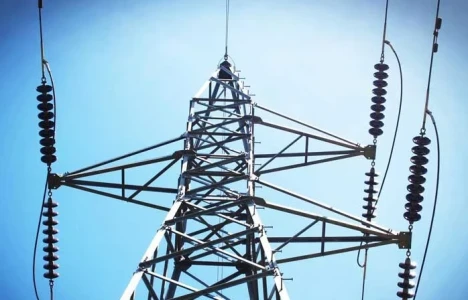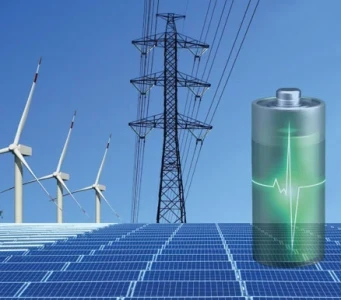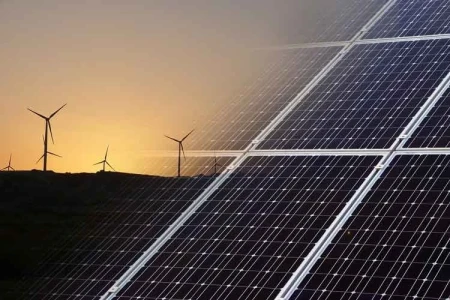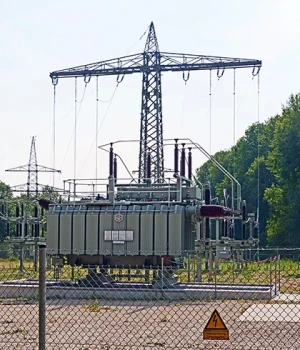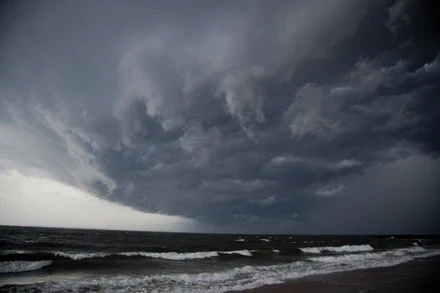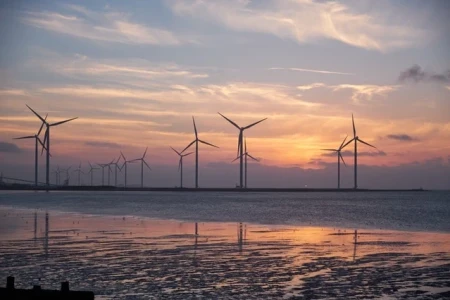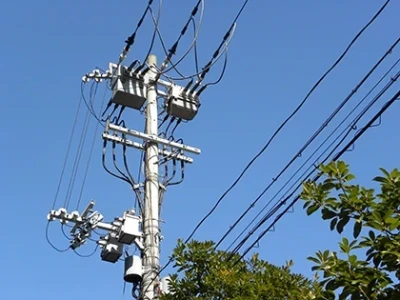PacifiCorp’s 2025 Plan Focuses on Renewables, Storage, and Extended Coal Use

PacifiCorp, a major utility serving customers across the western United States, has released its 2025 Integrated Resource Plan (IRP), outlining ambitious goals for renewable energy expansion and grid modernization while navigating the challenges of coal phase-outs and shifting federal policies. The plan emphasizes the company’s strategy to add 4.7 gigawatts (GW) of wind and solar capacity and 1.7 GW of energy storage by 2031. However, the utility also faces significant challenges from federal policy changes and market dynamics, which could alter its path to decarbonization.
A Bold Move Toward Renewable Energy
As part of its long-term resource plan, PacifiCorp intends to procure up to 2,400 megawatts (MW) of solar power, 2,270 MW of wind energy, and 1,680 MW of four-hour energy storage by the end of 2030. In addition to solar and wind, the utility plans to integrate 510 MW of long-duration iron-air battery storage to bolster grid stability and enable the better use of intermittent renewable resources.
The utility’s aggressive renewable energy goals are in line with broader industry trends as PacifiCorp seeks to tap into low-cost, clean energy sources that reduce greenhouse gas emissions and provide more price stability to consumers. Wind and solar are expected to form the backbone of the utility’s generation mix, increasing from 24% and 10% of its total capacity in 2023 to 32% and 25%, respectively, by 2031.
This shift toward renewables also aligns with the objectives of Western Resource Advocates (WRA), an environmental advocacy group that praised the utility’s efforts. WRA’s Sophie Hayes highlighted the importance of clean energy, noting that it not only reduces emissions but also provides long-term price stability for consumers, benefiting both the environment and local economies.
Coal’s Extended Role Amid Policy Uncertainty
Despite PacifiCorp’s renewable energy ambitions, coal will continue to play a role in the company’s energy mix, albeit in a reduced capacity. The company plans to keep certain coal-fired plants operational longer than initially planned, contingent on the outcome of ongoing federal regulations. This includes keeping 562 MW of coal generation units converted to natural gas, and utilizing carbon capture technology on two coal-fired units at the Jim Bridger plant in Wyoming, totaling 700 MW.
The decision to extend the life of these coal plants is partly influenced by uncertainty surrounding the implementation of the Biden administration’s greenhouse gas emissions rule for power plants. If the rule is delayed or altered, it could provide PacifiCorp the flexibility to operate these coal plants beyond their expected retirement dates. The utility has also considered converting some coal-fired plants to gas as a temporary measure, which would allow for a smoother transition while keeping costs manageable for customers.
Energy Storage and Advanced Nuclear Projects
Another key feature of PacifiCorp’s 2025 IRP is its focus on energy storage, an essential element for integrating more renewable energy sources. The utility plans to bring online 1,680 MW of short-duration energy storage and 510 MW of long-duration storage by 2030. These advancements in storage technology are crucial for balancing supply and demand, especially as the grid becomes increasingly dependent on variable renewable energy sources like wind and solar.
Additionally, PacifiCorp is advancing its interest in nuclear energy, with plans to purchase 500 MW of electricity from the Natrium advanced nuclear project in Wyoming. This project, which is expected to be operational by 2031, offers a potentially clean and reliable energy source to complement renewable energy and storage. The cost of the project remains confidential, but it marks a significant step in diversifying PacifiCorp’s energy portfolio beyond fossil fuels.
The Role of Federal Policies in PacifiCorp’s Future
While PacifiCorp’s plans are centered around a clean energy future, much of the company’s strategy hinges on the stability of federal policies. The Inflation Reduction Act (IRA) has provided a boost to renewable energy projects through tax credits and incentives, but changes in federal regulations could slow the momentum. A potential repeal of the IRA or shifts in the way tax credits are administered could create uncertainty in the renewable energy sector.
Despite these potential setbacks, PacifiCorp has remained committed to a transition to cleaner energy, recognizing the need to act decisively to mitigate climate change. However, the company has also acknowledged that competing state and federal policies could complicate its efforts, potentially raising costs for customers and slowing progress on decarbonization.
Looking Toward 2031 and Beyond
PacifiCorp’s 2025 IRP represents a critical step in the company’s long-term strategy for energy transformation. With an emphasis on expanding renewables, integrating storage technologies, and exploring advanced nuclear, the utility is positioning itself to meet the growing demand for clean and reliable energy. However, the path to achieving these ambitious goals is not without challenges, including the uncertainty surrounding federal policy and the complex transition from coal to cleaner energy sources.
Ultimately, PacifiCorp’s success in meeting its targets will depend on how well it navigates these challenges and whether it can continue to foster collaboration between federal, state, and industry stakeholders. With its eyes set on reducing carbon emissions and increasing renewable energy capacity, the utility is preparing for a future where clean energy is at the heart of its operations, ensuring a more sustainable and resilient energy grid for the regions it serves.

